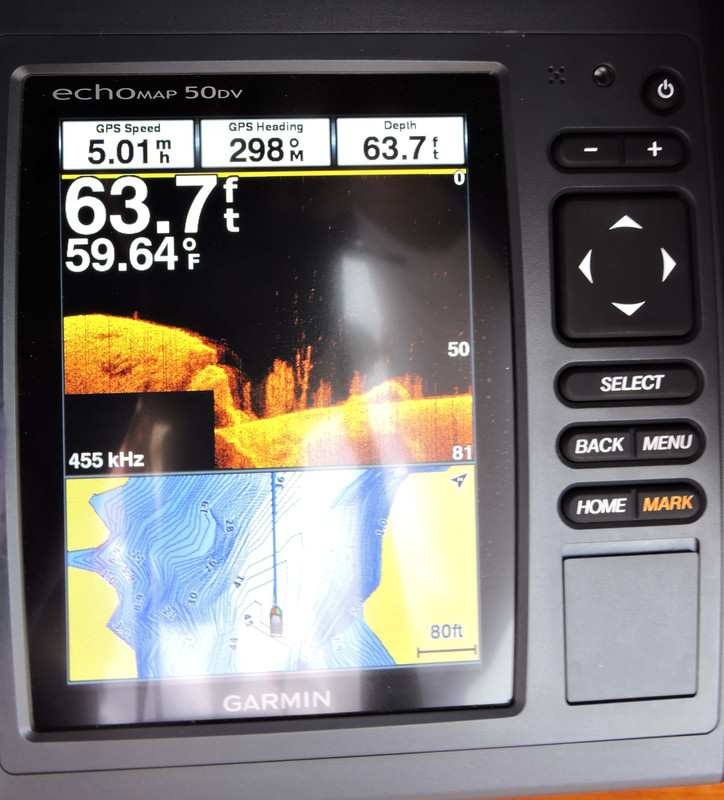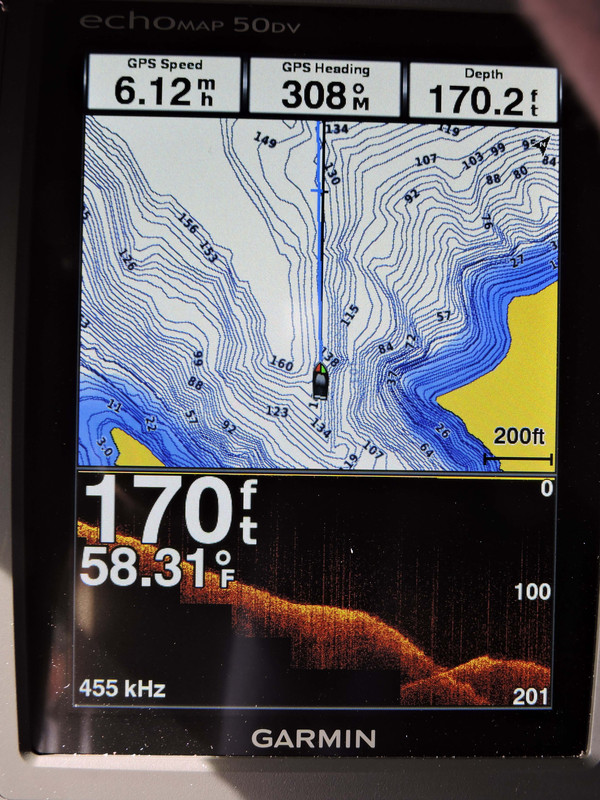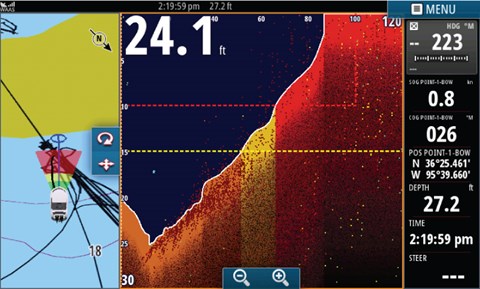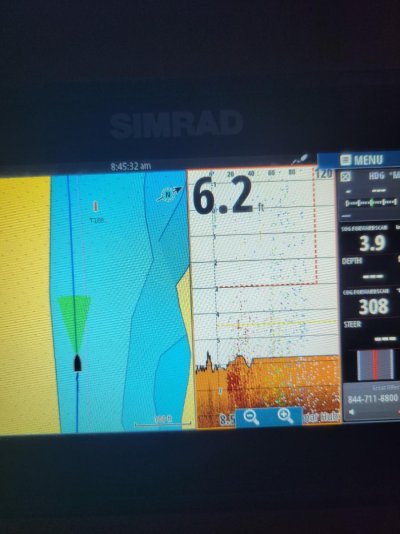Does anyone have experience with forward scanning sonar?
I’m considering installing for the purpose of navigating shallows at slow speed (<4kts) - in for example the Exumas -where the charts may be outdated due to shifting sands, or the charts may simply be inaccurate.
Yes I know visual navigation is required in the Bahamas.
Have a Raymarine system on board…
Thanks in advance.
I’m considering installing for the purpose of navigating shallows at slow speed (<4kts) - in for example the Exumas -where the charts may be outdated due to shifting sands, or the charts may simply be inaccurate.
Yes I know visual navigation is required in the Bahamas.
Have a Raymarine system on board…
Thanks in advance.
Last edited:







